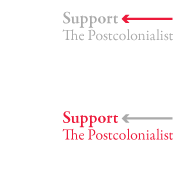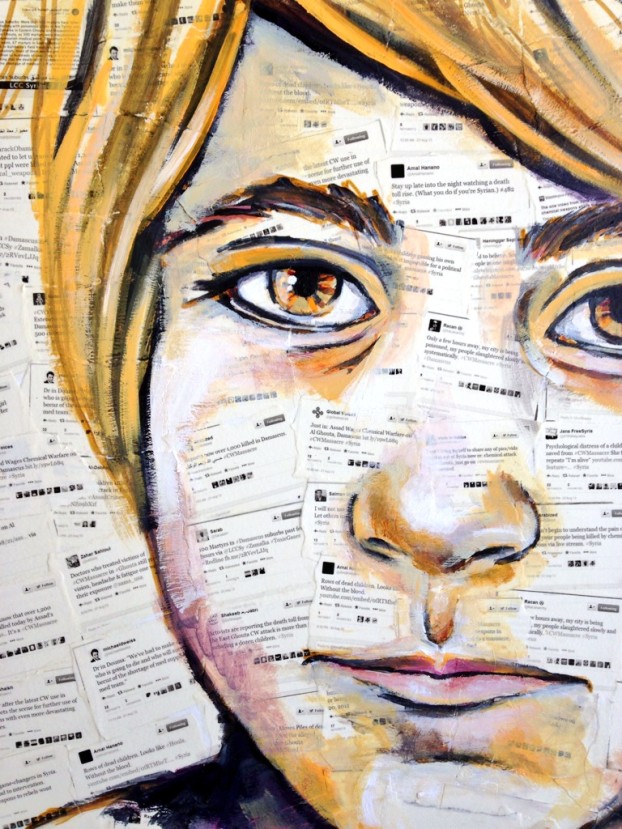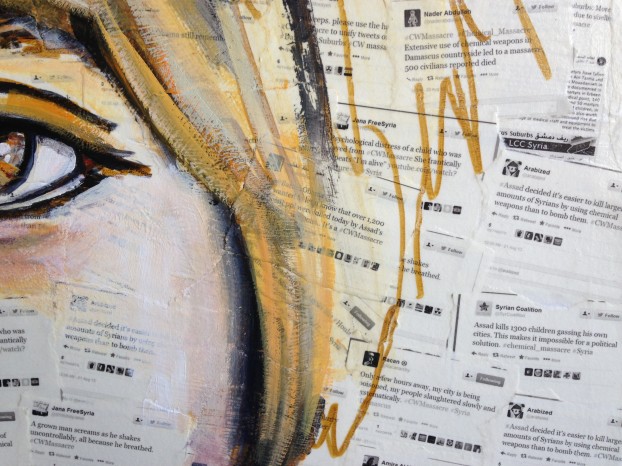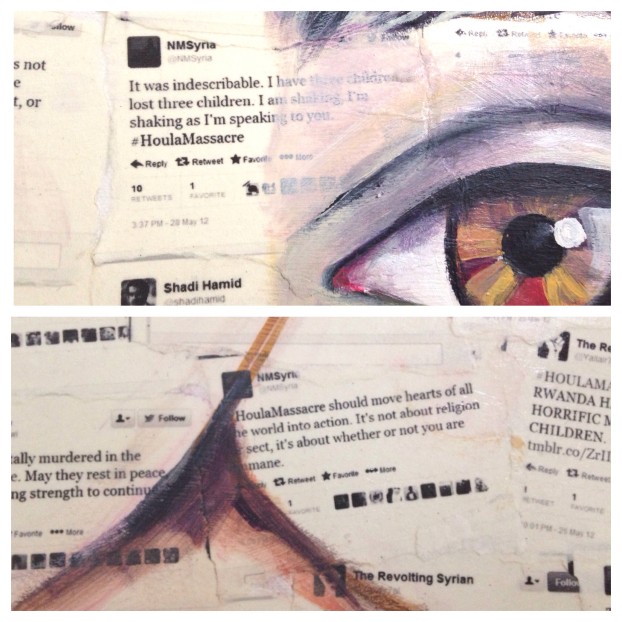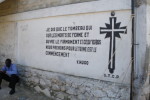Photos Copyright: Kinda Hibrawi
This piece is part of a continuing series in which The Postcolonialist seeks to highlight and engage issues of refugee status, conflict, and asylum.
As the conflict in Syria rages on and the refugee crisis deepens, media outlets and governments alike risk becoming inured to the massive scale of the resulting humanitarian crisis. Yet, even as it continues to be greatly difficult to access reliable reporting on Syria—the dangers are great for journalists, and few are able to enter the country—social media has provided continuous coverage of the indiscriminate loss of life and scope of the displacements, one tweet, Facebook post, and Instagram image at a time. The role of social media as both a source of news and as a tool of advocacy has facilitated the steady and quick diffusion of conflictive and simultaneous narratives. Social media platforms have functioned as real-time sources of event notification, as well as digital archives and keepers of memory.
The complex and fragmented narratives on Syria sustained through social media allow an immense amount of public access to and participation in the chronicling of history. Yet they are also capable of abstracting events from their human context and consequences. The volume of concurrent (re)tellings and the circulation of innumerable horrific images of violence and death have paradoxically insisted upon an awareness of happenings, while also allowing a detachment from the Syrian people most affected, among them the many children left orphaned or hungry in refugee camps.
Syrian-American painter Kinda Hibrawi, co-founder of the Zeitouna Program for Displaced Syrian Children, which works with children at the Syrian-Turkish border as well as at refugee camps and schools within Syria, has witnessed the needs of youth in conflict situations. As a result, she has undertaken a series of Twitter portraits that seek to reconcile fragmented narratives with a complex and humanized lived reality. Ms. Hibrawi has begun a painting series that deploys the multiplicity of texts on events in Syria, using Twitter posts as a visual backdrop for the carefully crafted visages of real children residing in refugee camps. Each canvas recalls the site of a particular massacre (Ghouta, Houla) and overlays words with the face of a child gazing directly at the viewer. Hibrawi creates powerful text-images that highlight the quotidian nature of these events for the children of Syria, who must constantly negotiate the lives they once knew with the world they now inhabit.
Kinda Hibrawi is currently working on her next Twitter memorial portrait, based on the Qubeir Massacre outside the city of Hama.

